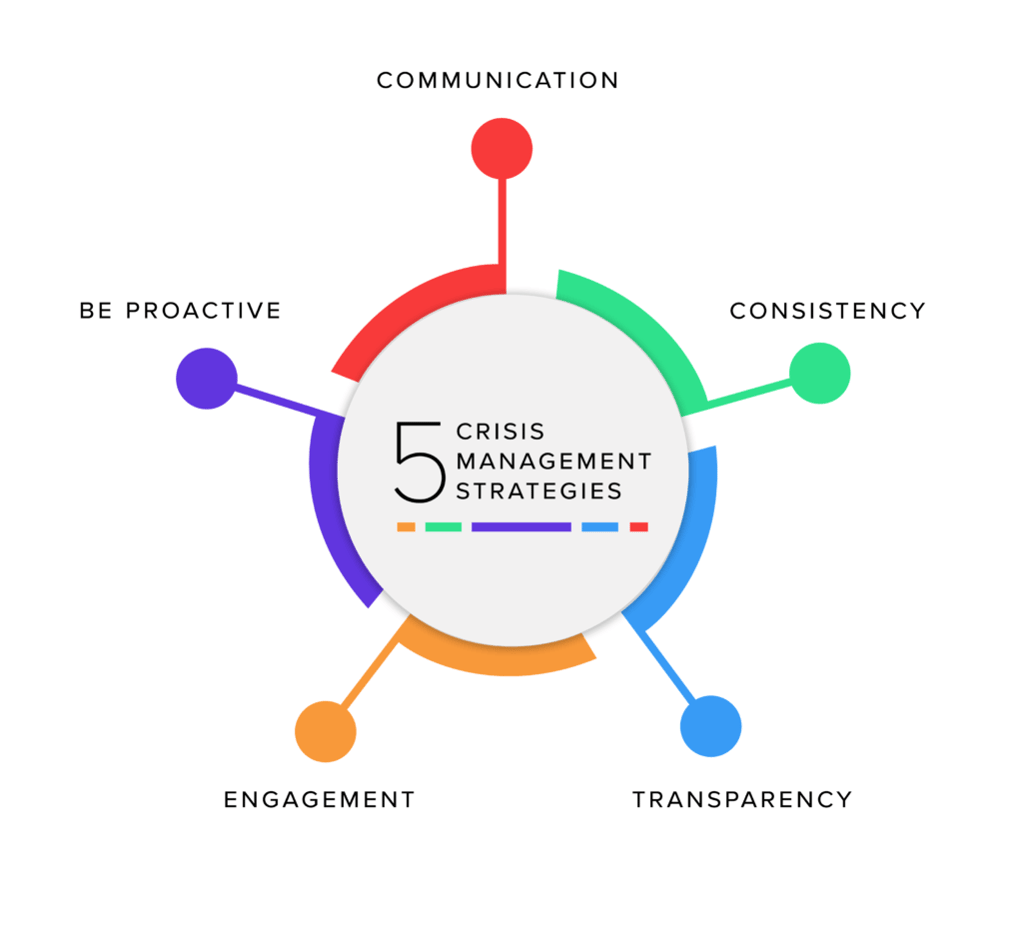COVID-19 threw the healthcare system into a tizzy last year, especially the senior living sector. Leading Age developed a Pandemic Playbook to help providers get a handle on it, but we spoke directly with the executives at Montgomery Place in Chicago to get their take. They moved into the building last March at the height of COVID-19 to offer 24/7 support to residents and staff. Here are the five leadership strategies they employed to keep a sense of normalcy and calm.

1. COMMUNICATION
Opening the lines of communication is paramount during a crisis. COVID-19 is no exception. Information was changing on a daily basis and it was coming from every which way. Deborah Hart, CEO of Montgomery Place did video updates three times a day via CCTV and distributed a daily newsletter to residents’ rooms.
2. CONSISTENCY
In addition to constantly communicating with residents, the leadership team and staff devised opportunities to “check in.” They delivered meals and walked the halls with a juice and coffee cart each morning, and they created a mobile library cart so residents could check out books. Residents looked forward to these daily encounters because it provided some stability in a precarious time.
3. TRANSPARENCY
Sharing of news and information was routine at Montgomery Place, but a whole new level of “sharing” occurred—intentionally or not. Everyone felt vulnerable as they waded through the uncertainty of COVID-19, and the executives were no exception. As Hart says, “We had to let people see that we were human too.”
4. ENGAGEMENT
“We knocked on people’s doors up to seven times a day,” says COO Paul Zappoli. “Being able to engage in short conversations and see a ‘smile’ under a mask was a great feeling—for all of us. Residents told us how grateful they were that we were there.” These in-person interactions were priceless to both the residents and the staff.
5. BEING PROACTIVE
Isolation was taking a toll on residents’ physical and mental health, so Natalie Hackett, Director of Rehabilitation Services, took her show on the road, so to speak. She went door-to-door with VSTBalance, a portable assessment tool that uses artificial intelligence to measure the gate and balance of older adults. The three-minute assessments, which were done in the hallway outside of the residents’ apartments, can detect if someone is at risk of falling within the next twelve months. Using that data, Hackett devised inpatient therapy sessions with residents to help them get back to their pre-pandemic mobility.


